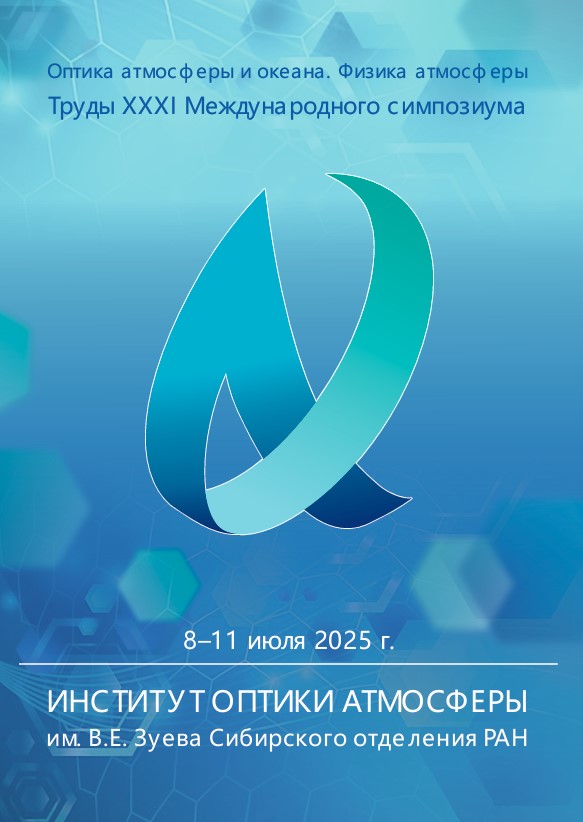UDC 535.8
CSCSTI 29.31
Russian Classification of Professions by Education 03.03.02
Russian Library and Bibliographic Classification 223
Russian Trade and Bibliographic Classification 6135
BISAC SCI053000 Physics / Optics & Light
Atmospheric conditions, significantly reduce image quality, making it difficult for computer vision, unmanned transport and video surveillance systems. Existing fog removal methods include classical contrast enhancement algorithms, approaches based on physically based models and neural network methods. However, classical approaches do not account for the nature of distortion, physics-based models lose accuracy in complex scenes, and neural network algorithms can distort information due to dependence on training data. In the testing phase of the methods, the problem is exacerbated by the difficulty of obtaining paired images with and without fog, which makes research in the area of image restoration in unfavourable conditions particularly relevant. This paper gives an overview of existing fog mitigation methods using different principles and evaluates the quality of their performance.
atmosphere, fog, image quality
1. Narasimhan S.G., Nayar S.K. Vision and the atmosphere // International journal of computer vision. 2002. V. 48. P. 233-254.
2. Li R. et al. Real-time aerosol optical properties, morphology and mixing states under clear, haze and fog episodes in the summer of urban Beijing //Atmospheric Chemistry and Physics. 2017. V. 17. N. 8. P. 5079-5093.
3. Jaruwatanadilok S., Ishimaru A., Kuga Y. Optical imaging through clouds and fog // IEEE Transactions on Geoscience and remote Sensing. 2003. V. 41. N. 8. P. 1834-1843
4. Soyfer V.A. Komp'yuternaya obrabotka izobrazheniy. Chast' 2. Metody i algoritmy // Sorosovskiy obrazovatel'nyy zhurnal. 1996. T. 3. №. 2-S. S. 110-121.
5. Xu Z., Liu X., Chen X. Fog removal from video sequences using contrast limited adaptive histogram equalization // 2009 International Conference on Computational Intelligence and Software Engineering. New York City: IEEE, 2009. P. 1-4.
6. Tomasi C., Manduchi R. Bilateral filtering for gray and color images //Sixth international conference on computer vision (IEEE Cat. No. 98CH36271). New York City: IEEE, 1998. P. 839-846.
7. Horvath H. On the applicability of the Koschmieder visibility formula // Atmospheric Environment (1967). – 1971. V. 5. N. 3. P. 177-184.
8. He K., Sun J., Tang X. Single image haze removal using dark channel prior // IEEE Transactions on Pattern Analysis and Machine Intelligence. 2010. V. 33 N. 12. P. 2341–2353.
9. Fattal R. Dehazing using color-lines // ACM transactions on graphics (TOG). 2014. V. 34. N. 1. P. 1-14.
10. Wen H., Dai F., Wang D. A survey of image dehazing algorithm based on retinex theory //2020 5th International Conference on Intelligent Informatics and Biomedical Sciences (ICIIBMS). New York City: IEEE, 2020. P. 38-41.
11. Cai B. et al. Dehazenet: An end-to-end system for single image haze removal //IEEE transactions on image processing. 2016. V. 25. N. 11. P. 5187-5198.
12. Li B. et al. Aod-net: All-in-one dehazing network // Proceedings of the IEEE international conference on computer vision. 2017. P. 4770-4778.





